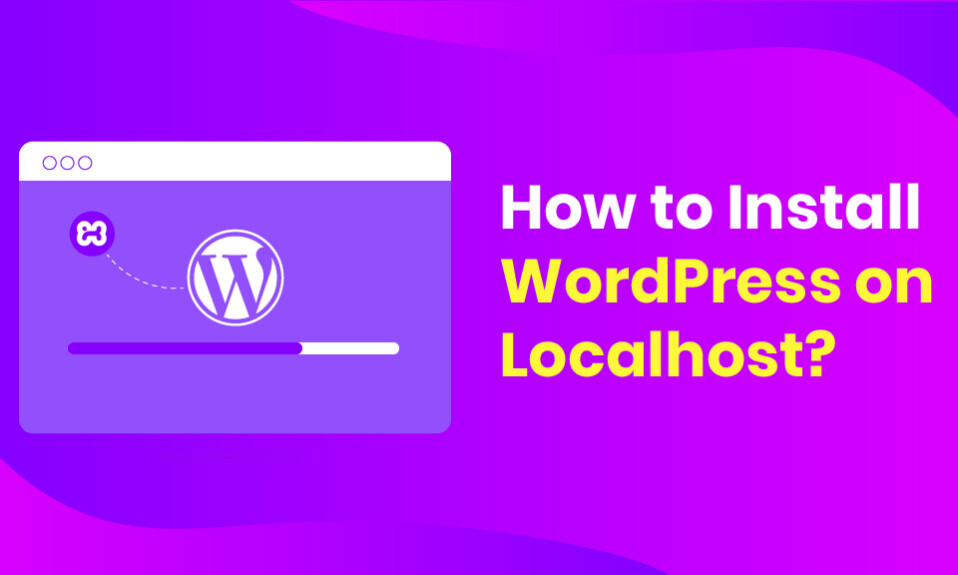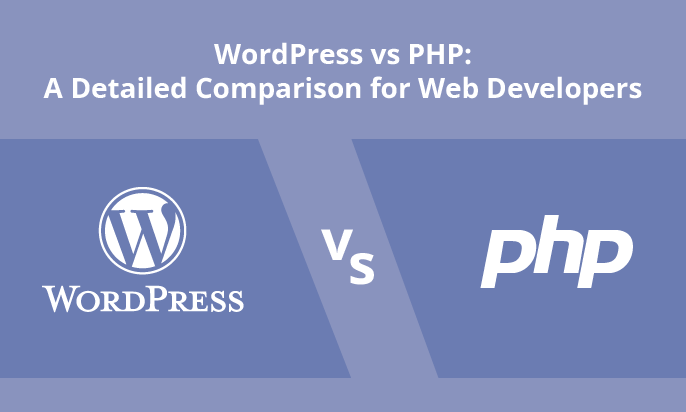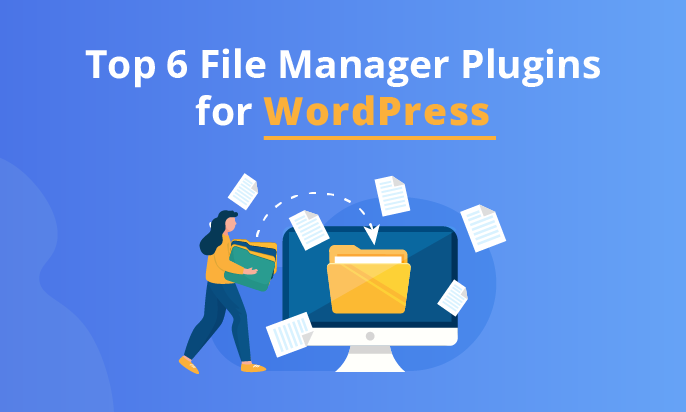Welcome to our guide on how to install WordPress on your localhost environment. Setting up WordPress on your local computer is a convenient way to develop and test websites before making them live. In this article, we will walk you through the step-by-step process of installing WordPress on localhost, allowing you to build and customize your website without affecting the live version. Let’s get started!
Key Takeaways:
- Installing WordPress on localhost allows you to build and test websites locally.
- Setting up a localhost environment is a prerequisite for installing WordPress.
- You can use tools like XAMPP or MAMP to configure a local server environment.
- Downloading the WordPress installation package is the next step after setting up localhost.
- Creating a database for your WordPress site is essential before installation.
Setting Up a Localhost Environment
In order to install WordPress on your computer, you first need to set up a localhost environment. This will allow you to create and manage your website locally before making it live. The process involves configuring a local server environment using tools like XAMPP or MAMP, which provide the necessary infrastructure for running PHP and MySQL on your computer.
Why Use a Localhost Environment
A localhost environment provides several advantages for website development:
“Working in a localhost environment allows you to experiment with different themes, plugins, and settings without affecting your live site. It also provides a safe space for testing and debugging code, ensuring your website functions smoothly before going live.”
Configuring a Local Server Environment
There are several tools available for setting up a localhost environment, but XAMPP and MAMP are among the most popular options. Both tools are user-friendly and provide an all-in-one solution for running PHP and MySQL on your computer.
To get started, follow these steps:
- Download XAMPP or MAMP from their respective websites (links provided below).
- Run the installer and follow the on-screen instructions to install the software.
- Once installed, open the control panel and start the Apache and MySQL services.
- Verify that your localhost server is running by typing “localhost” or “127.0.0.1” in your web browser’s address bar. If everything is set up correctly, you should see a welcome page or dashboard.
Related: How to Display Product Category In WooCommerce
Common Issues and Troubleshooting
Setting up a localhost environment may occasionally encounter some issues. Here are a few common problems and their solutions:
“If you’re unable to start the Apache or MySQL service, make sure they are not blocked by your computer’s firewall or any other security software. Additionally, check if any other applications are using the default ports (Apache usually runs on port 80 and MySQL on port 3306) and adjust the settings if necessary.”
“If the localhost page doesn’t load, double-check that the Apache and MySQL services are running and try accessing localhost using the IP address ‘127.0.0.1’ instead of ‘localhost’.”
| Issue | Possible Solution |
|---|---|
| Apache or MySQL service won’t start | Check firewall and port settings, ensure no conflicts with other applications |
| Unable to load localhost page | Check service status, try accessing via IP address |
| Other issues | Refer to official documentation, seek support from the software’s community |
By following the steps above and troubleshooting any potential issues, you will have successfully set up a localhost environment on your computer. With your local server up and running, you are now ready to proceed to the next section and install WordPress.
Related: How to Create a WordPress Website?
Downloading and Installing WordPress
Once you have set up your localhost environment, the next step is to download and install WordPress. This process is quick and straightforward, allowing you to start building your website in no time.
- Download WordPress: Visit the official WordPress website at wordpress.org and navigate to the “Download” section. Click on the button to download the latest version of WordPress.
- Extract WordPress: Once the download is complete, locate the downloaded ZIP file on your computer and extract the contents to a folder of your choice.
- Configure the Database: Before you proceed with the installation, you need to create a database for your WordPress site. Refer to Section 4 of this article for detailed instructions on creating the database.
- Set Up wp-config.php: In the extracted WordPress folder, find the
wp-config-sample.phpfile and rename it towp-config.php. Open this file in a text editor and enter your database details, including the database name, username, and password. Save the changes. - Upload WordPress Files: Now, you need to upload the extracted WordPress files to your localhost. To do this, access the root directory of your localhost server using a file transfer protocol (FTP) client or a file manager provided by your localhost software. Copy all the WordPress files from the extracted folder and paste them into the root directory of your localhost.
- Access the Installation Page: Once the files are uploaded, open your web browser and type in the URL for your localhost environment. This will typically be “localhost” or “127.0.0.1”. You should see the WordPress installation page.
- Complete the Installation: Follow the on-screen instructions to set up your WordPress site. Enter the necessary information, such as your website title, username, and password. Once you have filled in all the required details, click on the “Install WordPress” button.
- Success! Congratulations, you have successfully installed WordPress on your localhost environment. You can now access your local website by entering the URL of your localhost in your web browser.
Downloading and installing WordPress is a crucial step in building your website. By following these simple instructions, you can have a fully functional WordPress site up and running on your localhost in no time.
Creating a Database for WordPress
Before proceeding with the WordPress installation, it is essential to create a database for your website. A database stores all the necessary data for your WordPress site, including posts, comments, and settings. In this section, we will explain how to create a new database using phpMyAdmin, a popular tool for managing MySQL databases.
To create a database for your WordPress site, follow these simple steps:
- Open your web browser and navigate to phpMyAdmin.
- Log in to phpMyAdmin using your username and password. If you’re using a local server environment like XAMPP or MAMP, the default username is “root,” and the password field should be left blank.
- Select the “Databases” tab, located at the top of the phpMyAdmin interface.
- Enter a name for your new database in the “Create database” field.
- Click the “Create” button to create the database.
Once you’ve completed these steps, you will have successfully created a new database for your WordPress site. Take note of the database name as you will need it during the WordPress installation process.
It’s worth mentioning that phpMyAdmin is just one of the many tools available for managing MySQL databases. If you prefer to use a different tool to create your WordPress database, the general steps should be similar. Consult the documentation for your preferred tool for more specific instructions.
Related: Drupal vs WordPress
Take Note:
Make sure to write down the database name as it will be required during the WordPress installation. Keeping a record of important details like database names and passwords is crucial for managing your WordPress site.
Steps to Create a Database with phpMyAdmin
| Steps | Description |
|---|---|
| Step 1 | Navigate to phpMyAdmin |
| Step 2 | Log in to phpMyAdmin |
| Step 3 | Select the “Databases” tab |
| Step 4 | Enter a database name |
| Step 5 | Click “Create” |
Configuring WordPress Installation
Now that you have successfully created the database, it’s time to configure the WordPress installation. This section will guide you through the initial configuration steps, allowing you to customize your website according to your preferences.
Defining Your Website’s Name
Start by defining the name of your website. This will be displayed on the front-end and will help visitors identify your brand. Choose a name that aligns with your website’s purpose and audience.
Setting Up a Username and Password
Next, set up a username and password for your WordPress site. This will serve as your login credentials, providing you with access to the administrative dashboard. It’s important to choose a strong password to ensure the security of your website.
Choosing a Theme
A theme defines the overall look and feel of your website, including its layout, colors, and typography. WordPress offers a wide range of free and premium themes to choose from. Select a theme that best represents your brand and meets your design requirements.
Once you have completed these configuration steps, you are ready to move forward with your WordPress installation and start building your website. Take the time to carefully customize these settings to create a personalized and visually appealing online presence.
| Configuration Step | Details |
|---|---|
| Defining Your Website’s Name | Choose a name that aligns with your brand and target audience. |
| Setting Up a Username and Password | Create a strong username and password for secure access to your WordPress site. |
| Choosing a Theme | Select a theme that represents your brand and meets your design requirements. |
Importing WordPress Files to Localhost
Once you have completed the installation of WordPress on your localhost, the next step is to import the WordPress files into your local environment. This process involves transferring the necessary files from your computer to the appropriate directory in your localhost setup.
To import the WordPress files, follow these steps:
- Locate the WordPress Installation Folder: Find the folder where you have installed WordPress on your computer. This is typically named “wordpress” or “wp” and contains all the necessary files.
- Open Your Localhost Directory: Access the directory where you have set up your localhost environment. This may vary depending on the software you are using, such as XAMPP or MAMP.
- Transfer the WordPress Files: Copy the entire WordPress installation folder from your computer and paste it into the appropriate directory in your localhost setup. You can do this by dragging and dropping the folder or using the file transfer function of your localhost software.
After completing these steps, the WordPress files will be successfully imported into your localhost environment. You are now ready to continue with the configuration and customization of your local WordPress site.
Note: It is important to ensure that the WordPress files are placed in the correct directory within your localhost setup. This will vary depending on the configuration of your localhost software. Refer to the documentation of your specific software for more detailed instructions.
Accessing Your Local WordPress Site
Now that everything is set up, it’s time to access your local WordPress site. Follow these simple steps to open your web browser and navigate to the local URL where your WordPress site is located.
- Step 1: Open your preferred web browser.
- Step 2: In the address bar, type the local URL of your WordPress site. This URL typically starts with http://localhost/ followed by the name or directory of your WordPress project.
- Step 3: Press Enter or click the Go button to access the local WordPress site.
Once you have entered the local URL in your browser, you should see your WordPress site running on your localhost environment. From here, you can start exploring the different pages, themes, and functionalities of your local WordPress installation.
Note: If you encounter any issues accessing your local WordPress site, double-check the URL and ensure that your local server environment (XAMPP or MAMP) is running properly. Also, make sure that you have correctly followed the installation and configuration steps outlined in the previous sections.
Example Local WordPress Site URL:
Let’s say you named your WordPress project as “mywebsite” and placed it in the htdocs folder of your XAMPP installation. In this case, the local URL to access your WordPress site would be http://localhost/mywebsite/. Make sure to replace “mywebsite” with the actual name or directory of your WordPress project.
Congratulations! You can now access your local WordPress site and start building and customizing your website without affecting the live version. Make the most of your localhost environment to experiment, create, and refine your WordPress site to perfection.
Related: Convert WordPress to HTML Easily
Conclusion
Congratulations! You have successfully installed WordPress on your localhost and created a local environment for website development.
By following the step-by-step instructions in this guide, you are now ready to begin building and customizing your WordPress site without affecting the live version. This local environment provides a safe and convenient space for testing and experimenting with different designs, themes, and plugins.
Take advantage of the flexibility and freedom that comes with working on your localhost. Explore the vast array of WordPress features, unleash your creativity, and bring your unique vision to life.
Happy designing!
FAQ
How do I install WordPress on localhost?
To install WordPress on localhost, follow these steps:
Sure, here’s a shorter version:
1. Download Local Server Environment: Get XAMPP (for Windows, macOS, Linux) or MAMP (for macOS, Windows).
2. Start Local Server: Open XAMPP/MAMP and start Apache and MySQL.
3. Download WordPress: Get the latest version from wordpress.org.
4. Extract WordPress Files: Put them in your local server’s document root folder (e.g., `htdocs` for XAMPP, `htdocs` for MAMP).
5. Create MySQL Database: Use phpMyAdmin to create a new database.
6. Set Up WordPress: Access `localhost/wordpress` (replace “wordpress” with the folder name) in your browser. Follow the installation prompts, providing the database details you just created.
7. Complete Installation: Enter site details and click “Install WordPress.”
8. Access Your Site: Log in to your WordPress dashboard at `localhost/wordpress/wp-admin`.
Now you have WordPress installed and ready to use on your localhost for testing or development purposes.
How do I set up a localhost environment?
Before installing WordPress, you need to set up a localhost environment on your computer. You can configure a local server environment using tools like XAMPP or MAMP.
How do I download and install WordPress?
Here’s a concise guide:
1. Download WordPress: Get it from wordpress.org/download.
2. Extract Files: Unzip the downloaded file.
3. Set Up Hosting: Choose a web hosting provider or set up a local server environment.
4. Upload Files (If Hosting): Use FTP to upload WordPress files to your server’s root directory.
5. Create MySQL Database: Set up a database via your hosting control panel or locally.
6. Install WordPress: Visit your domain or localhost in a browser and follow the installation wizard.
7. Enter Database Details: Provide the database name, username, password, and host.
8. Complete Installation: Fill in basic site information and click “Install WordPress.”
9. Access Dashboard: Log in to your WordPress dashboard to start building your site.
That’s it! Now you can start creating your website with WordPress.
How do I create a database for WordPress?
Before proceeding with the WordPress installation, you need to create a database. You can use phpMyAdmin or a similar tool to create a new database.
How do I configure the WordPress installation?
Once the database is created, you need to configure the WordPress installation. This includes defining your website’s name, setting up a username and password, and choosing a theme.
How do I import WordPress files to localhost?
After installing WordPress, you need to import the WordPress files to your localhost environment. This involves transferring the files from your computer to the appropriate directory in your localhost.
How do I access my local WordPress site?
Once everything is set up, you can access your local WordPress site by opening your web browser and navigating to the local URL where your WordPress site is located





